Table of Contents
A new Kangaroo lizard species discovered in Western Ghats
Context: A new species of tiny lizards (Agasthyagama edge or northern kangaroo lizard) was discovered in the southern Western Ghats at Kulamavu in Kerala’s Idukki.
About Northern Kangaroo Lizard
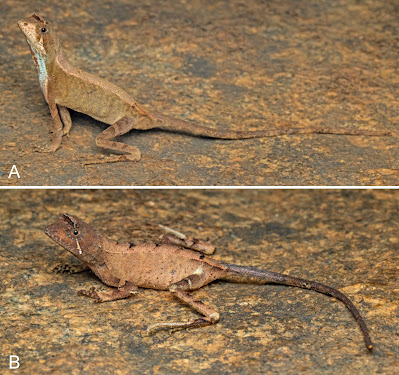
- Family: Agasthyagama
- Tiny size: Only about 4.3 cm long.
- Striking colours: Males have a red and gold throat stripe with blue scales, tan body, pink back stripe, and orange tail spot. Females are crimson with red markings and black spots.
- Sharp features: Pointed face and strong claws.
- Habitat: Reduced fifth toe restricts climbing ability hence are mostly terrestrial and found in areas with dense leaf litter cover.
We’re now on WhatsApp. Click to Join
Charge Sheet and FIR
About Charge Sheet
- Any case begins on the basis of the police report filed under Section 173 CrPC.
- According to Section 173 of Code of Criminal Procedure (CrPC), a charge sheet is a report generated by police officers after investigating a case.
- It contains all the stringent records right from the commencement of investigation procedure of lodging an FIR to till the completion of investigation and preparation of final report.
- Once the charge sheet has been submitted to a court of law, prosecution proceedings against the accused begin.
- It contains all the facts and list of evidence that are forwarded to the Magistrate for a particular proceeding.
Time limit for filing a Charge Sheet
- It is to be filed within 60 days from the date of arrest of the accused in cases triable by lower courts and 90 days in cases triable by Court of Sessions.
- If the charge sheet is not filed within the prescribed time mentioned above, the accused has a right to default bail.
- A charge sheet is distinct from the First Information Report (FIR).
First Information Report (FIR)?
- Report pertaining to the occurrence of a cognizable offence, received at the Police Station is called First Information Report.
- It is a written document prepared by a Police officer based on information given by an aggrieved person or any other person.
7 additional judges in HCs made permanent
Context: Seven additional judges were appointed as permanent judges in High Courts.
About Additional Judges
- Article 224 (1): The President can appoint additional judges of a high court for a temporary period not exceeding two years, after consulting with the National Judicial Appointments Commission if:
- temporary increase in the business of a High Court,
- there are pending cases.
- Additional or acting High Court Judges cannot serve beyond the age of 62.
- The Chief Justice of the High Court should not recommend appointing an Additional Judge if a permanent Judge position is vacant.
Appointment of HC judges
- Article 217: High Courts judges are appointed by the President in consultation with the CJI, Governor of the State and Chief Justice of that court.
- Recommendation for Appointment: A Collegium, including the Chief Justice of India and two senior-most judges of the Supreme Court.
- Initiation Of the Proposal: The Chief Justice of the High Court in consultation with two senior-most judges.
- The recommendation is forwarded to the Chief Minister, then to the Governor, and finally to the Union Law Minister.
- Initiation Of the Proposal: The Chief Justice of the High Court in consultation with two senior-most judges.
India nominates 12 forts of Marathas for UNESCO World Heritage List
Context: India has nominated the “Maratha Military Landscapes” for potential inclusion on the UNESCO World Heritage list for the years 2024-25.
| Facts |
|
About Maratha Military Landscapes
- Developed from the 17th to 19th centuries, showcasing the evolution of Maratha military strategies.
- Forts are integrated with the natural features of the Sahyadri ranges, Konkan Coast, Deccan Plateau, and Eastern Ghats.
- The network includes forts of various sizes and types, reflecting a complex military system.
- These forts are spread across diverse regions, indicating the Marathas’ extensive strategic reach.
About UNESCO World Heritage
- Legal Protection: World Heritage sites are landmarks or areas protected under an international convention managed by UNESCO.
- Purpose of Designation: These sites are recognized by UNESCO for their significant cultural, historical, scientific, or other forms of value.
- Criteria for Selection: Sites must be of “outstanding value to humanity” and meet specific cultural and natural heritage criteria to be listed.
- Origins: The World Heritage concept was developed post-WWII to address the destruction of cultural and natural sites, leading to the 1972 World Heritage Convention.
- Framework: The Convention outlines the types of sites eligible for inscription and the criteria they must meet.
- Global Commitment: By ratifying the Convention, countries pledge to protect global heritage, not just national treasures.
- Membership: 191 State Parties, including India (which joined on November 14, 1977), have ratified the Convention.
- Current Statistics: There are 1,172 World Heritage Sites in 166 countries, comprising 913 cultural, 220 natural, and 39 mixed properties of universal value.
- In India: 34 cultural sites, 7 natural sites and 2 mixed sites.
Astronomers spot unusual object that falls within the black hole ‘mass gap’
Context: Researchers have discovered an intriguing system that blurs the line between neutron stars and black holes, challenging our understanding of matter under extreme conditions.
Discovery at the Neutron Star-Black Hole Boundary: Key Highlights
- Crucial Discovery: In the star cluster NGC 1851, astronomers identified a system composed of a millisecond pulsar, a type of rapidly spinning neutron star that sweeps beams of radio light across the cosmos as it spins, and a massive, hidden object of unknown nature (dark, i.e. invisible at all frequencies of light), possibly providing insights into the transition from neutron stars to black holes.
- Observational Technique: Utilising the MeerKAT radio telescope, scientists measured the system’s dynamics through the pulsar’s radio pulses, influenced by its motion and the gravitational field of the nearby massive object.
- Findings: The system’s total mass is nearly four times that of the Sun. The dark companion’s mass, estimated between 2.09 and 2.71 solar masses, intriguingly places it within the “black hole mass gap.”
- Potential Explanations: The companion could be a light black hole formed from a neutron star merger or represent a new, unidentified type of astrophysical object.
- Implications: This discovery opens up discussions on the nature of extreme matter and the potential for unknown astrophysical objects at the boundary between neutron stars and black holes.
Conclusion
The NGC 1851 E system offers a rare opportunity to study the properties and behaviours of matter in the universe’s most extreme conditions, potentially leading to groundbreaking findings in astrophysics.
| Neutron Stars |
|
| Black Hole |
|
Centre starts survey on Participation of women in Workforce
Context: The Employees’ Provident Fund Organisation (EPFO) and the Ministry of Women and Child Development (WCD) have launched a new survey on “increasing women participation in the workforce”.
Details
- The latest results of the Periodic Labour Force Survey (PLFS), released by the Labour Bureau had shown considerable increase in the women participation in the workforce.
- In 2017-18, the participation rate was 23.3% and in 2022-23, it was 37%.
- The survey is being taken to assess the spread of women employee-friendly practices in the country like creche facilities for children and equal pay for equal work.
Philippines, Vietnam sign agreement on cooperation in South China Sea
Context: The Philippines and Vietnam signed agreements to prevent incidents in the South China Sea and broaden cooperation between their coast guards.
South China Sea
Strategic Location:
- The South China Sea is situated just south of the Chinese mainland and is bordered by the countries of Brunei, China, Indonesia, Malaysia, Philippines, Taiwan and Vietnam.
- It is connected by the Taiwan Strait with the East China Sea and by the Luzon Strait with the Philippine Sea (both marginal seas of the Pacific Ocean).
Natural Resources:
- There are 11 billion barrels of oil and 190 trillion cubic feet of natural gas in deposits under the South China Sea, according to the estimates of the United States Energy Information Agency.
- The sea is home to rich fishing grounds, a major source of income for millions of people across the region.
Crucial trade route:
- The UNCTAD estimates that over 21% of global trade and more than 60% of global maritime trade, amounting to $3.37 trillion, transited through these waters in 2016.
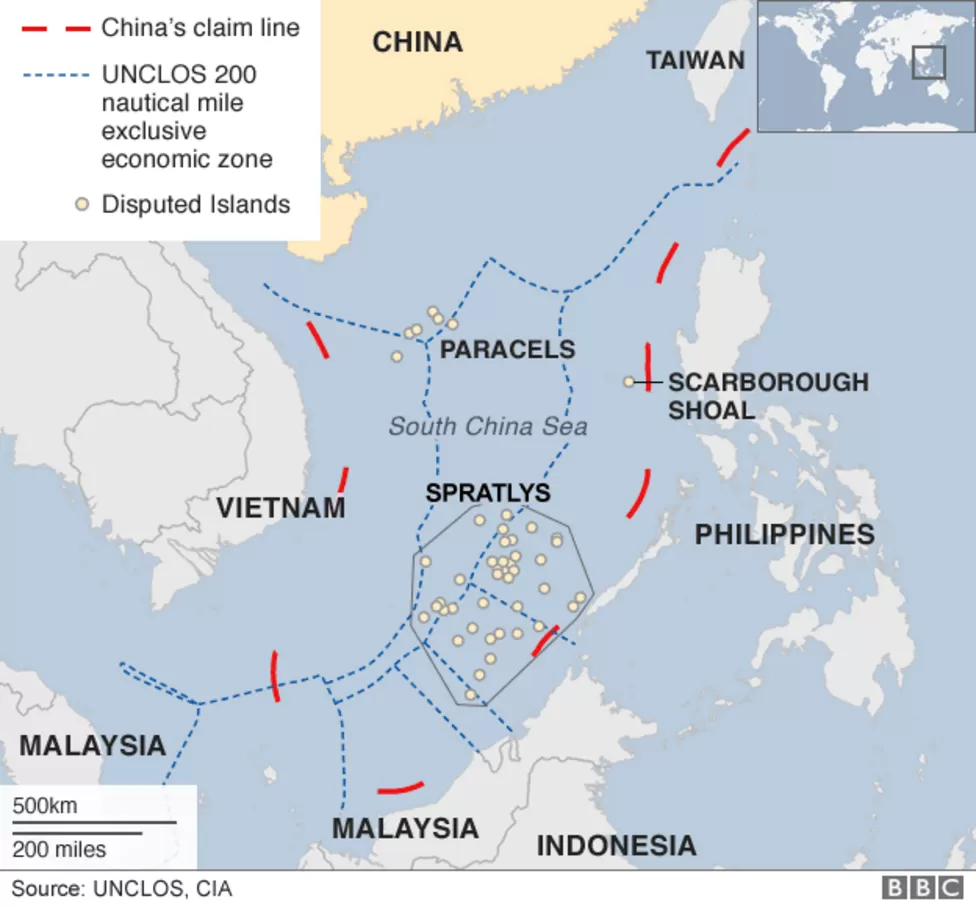
South China Sea dispute
- The heart of the dispute revolves around territorial claims to land features (islands and reefs) and their associated territorial waters.
- The major island and reef formations in the South China Sea are the Spratly Islands, Paracel Islands, Pratas, the Natuna Islands and Scarborough Shoal.
- The ‘nine-dash line’ demarcates China’s territorial claims in the sea on Chinese maps.
- China claims up to 90% of the sea with its “nine-dash line” map and has physically expanded islands and constructed military installations to assert control.
3 CRPF personnel killed in Maoist attack in Bastar
Context: 3 members of the Central Reserve Police Force (CRPF) lost their lives, including 2 elite CoBRA commandos, during an encounter with Maoists in the Bastar region of Chhattisgarh.
What Are the Key Drivers Of Naxalism?
- Underdevelopment of Tribal Areas:
- Lack of healthcare, sanitation, and education in tribal regions.
- Deep mistrust towards the government due to historical neglect.
- Shift in struggle from land ownership to state domination and unequal development.
- Inefficient Administrative and Judicial System:
- Lengthy delays and high cost of justice through official channels.
- Naxalites offer swift and local justice, attracting villagers.
- Exploitation of Natural Resources:
- Tribal regions viewed as simply mineral-rich by policymakers.
- Mining benefits outsiders, not locals, and displaces tribal communities.
- Denial of Land Rights:
- Displacement of tribals from ancestral lands for development projects.
- Inadequate land reform implementation and loopholes favouring non-tribals.
- Poor enforcement of Forest Rights Act leading to land right denial.
- Lack of Democratic Decentralization:
- Poor representation of tribal needs in governance.
- Inefficient implementation of social welfare schemes, favouring the privileged.
- Suspected Role of China:
- Historical ideological influence of Mao Zedong on Naxalites.
- Allegations of Chinese intelligence training, arming, and funding Naxalite activities.
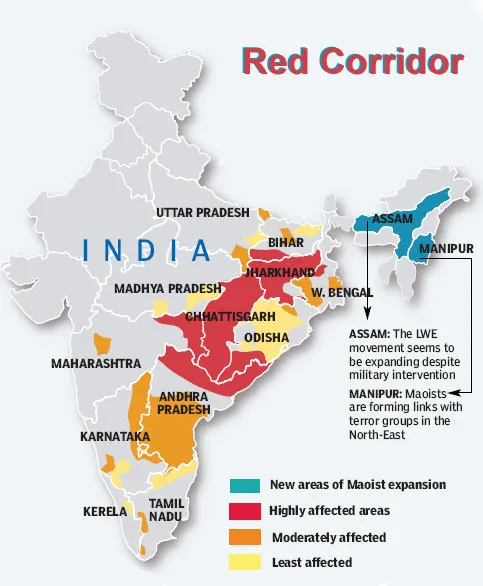
| SAMADHAN |
| SAMADHAN is a strategy introduced by the Indian government to combat left-wing extremism. The key components of this strategy include:
|
| Mains Question |
| Q. Naxalism is a social, economic and development issues manifesting as a violent internal security threat. In this context, discuss the emerging issues and suggest a multilayered strategy to tackle the menace of Naxalism. (2022) |
Unraveling China’s Economic Trajectory: Implications for India and the Global Order
Context: China’s decline in global GDP share has led to debate on China’s place in the World Order.
Factors Contributing to China’s Decline
- Demographic decline, anti-market interventions, high debt, and declining productivity are cited as reasons for China’s relative economic decline.
- China’s share of the world’s working-age population is projected to decrease from 19% to 10% in the next three decades.
Implications for the World Order
- Growing gap between the comprehensive national power of the US and China challenges the notion of China overtaking the US GDP.
- US economy at $28 trillion in 2023, while China’s economy is at $18 trillion, down from nearly 80% to 60% of the US economy.
A Shift to a Multipolar Asia
- China’s relative decline opens possibilities for a “multipolar Asia.”
- Faster economic growth in India, Indonesia, Vietnam, and the Philippines suggests alternatives to a China-centric regional order.
Coping with Chinese Power
- India’s economic acceleration could reduce the economic gap with China.
- Strengthening national capabilities, building regional coalitions like the Quad, and coping confidently with China’s influence in the Subcontinent and extended neighborhood.
- Growth in China’s Asian neighbors enhances the possibility of a more balanced region.
- India, by staying calm, building on strengths, and avoiding nationalist hubris, can thrive amid the evolving power shift.
Test Tube Rhinos : Rebuilding the Northern White Rhino Population: Challenges and Controversies
Background: The Extinction Crisis
- The last male northern white rhino died in 2018, leading to the subspecies’ imminent extinction.
- In 2015, the BioRescue consortium initiated an ambitious project to revive the northern white rhino through in vitro fertilization (IVF).
Recent Breakthrough: Rhino Pregnancy via IVF
- A breakthrough was announced with the first-ever rhino pregnancy achieved by transferring a lab-made embryo into a southern white rhino surrogate.
- Success required 13 attempts, demonstrating the complexity of the process.
Challenges in Surrogacy
- Surrogacy was the only option due to the inability of the last two remaining females to reproduce naturally.
- Preparing a surrogate involves isolating and safeguarding against infections, with challenges in timing the fertile window.
Genetic Viability Issues
- Limited gene pool concerns arise from using embryos from two females and sperm from deceased males.
- Stem cell techniques may offer a solution but face hurdles in replicating success in rhinos.
Behavioral Challenges
- IVF calves need to learn behavioral traits from northern white adults, emphasizing the urgency to birth calves before the last surviving females age beyond reproductive capability.
Financial and Ethical Concerns
- BioRescue, funded by the German government and other donors, faces criticism over resource allocation.
- Questions raised on rebuilding the population without addressing habitat threats and the broader conservation context.
Hybrid Vehicles as Interim Solution for India’s Decarbonization Drive
Context: HSBC Research suggests India should prioritize embracing hybrid vehicles over the next 5-10 years before transitioning to full electrification.
Hybrid Vehicles as Practical Medium-Term Solution
- Hybrid vehicles are seen as a more practical and less polluting medium-term solution for India’s decarbonization efforts.
Current Carbon Emission Scenario
- According to HSBC’s analysis, overall carbon emissions are currently lower in hybrids compared to both electric vehicles (EVs) and traditional petrol/diesel vehicles of similar size.
- Total carbon emissions (well-to-wheel) for hybrids are at least 16% less polluting than EVs, taking into account emissions from crude mining, refining, and power generation.
Timeframe for Emission Convergence
- HSBC estimates that it could take 7-10 years for emissions from EVs and hybrids to converge.
- Currently, EVs emit 158 g/km, hybrids emit 133 g/km, while petrol and diesel vehicles emit 176 g/km and 201 g/km, respectively.
Factors Influencing Convergence
- Hybrid and EV emissions will converge if India’s non-fossil power generation increases to 44%.
- By 2030, even with a 40% share of non-fossil fuels, hybrids are projected to release 8% less emissions than EVs.
Challenges in EV Adoption
- The global push for battery electric vehicles (BEVs) faces challenges:
- Upfront Subsidy: Dependence on state subsidies, often benefiting the middle or upper-middle class.
- Charging Network: Limited public charging infrastructure in India compared to global leaders like China.
- Electricity Source: India’s grid relies heavily on coal-fired thermal plants, impacting the environmental benefits of EVs.
- Value Chain: India’s dependence on lithium-ion batteries raises concerns about global supply chain dependency. ( 90% Li Production with Bolivia, Argentina, Chile along with Australia and China)
Unique Challenges in India
- India’s vehicle mix dominated by two- and three-wheelers requires a tailored charging infrastructure strategy.
- The country’s struggle to diversify from lithium-ion batteries due to global supply chain limitations.
Conclusion
HSBC advocates for the strategic adoption of hybrid vehicles in India’s transition to decarbonization, citing their practicality and lower emissions compared to both traditional and electric vehicles.

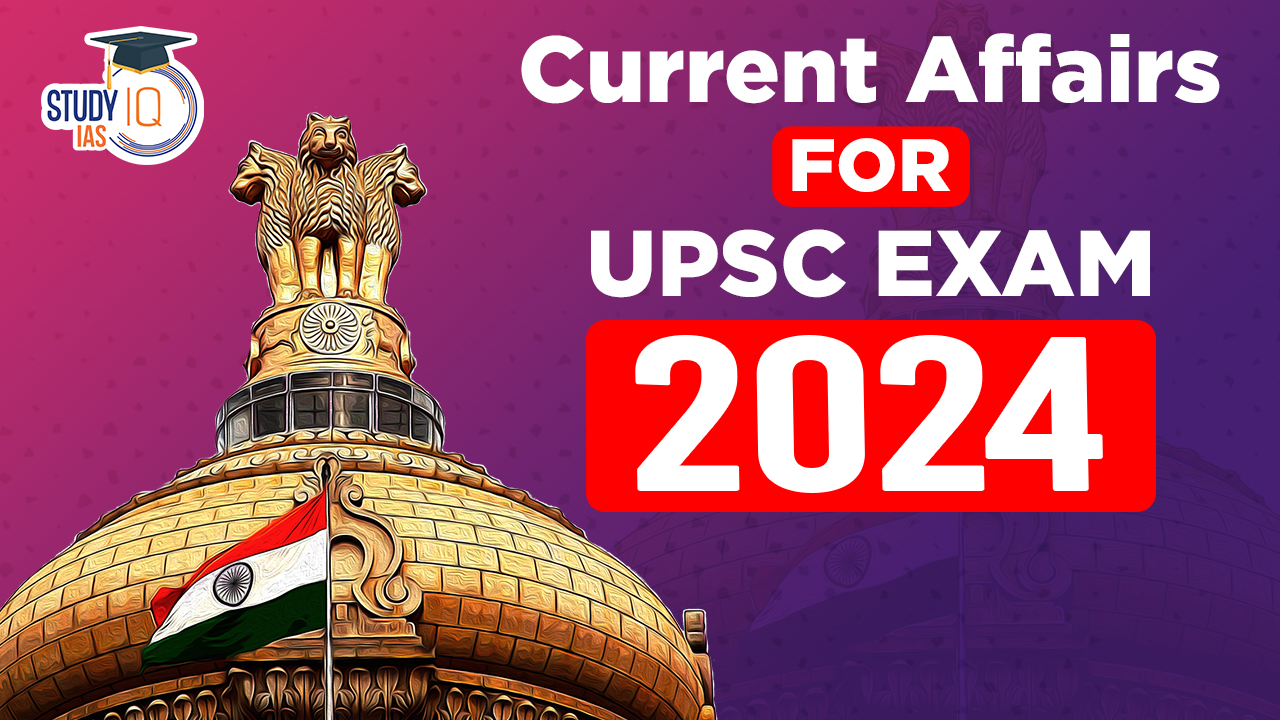
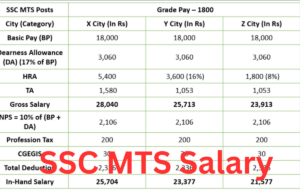 SSC MTS Salary 2025, Check Highest Salar...
SSC MTS Salary 2025, Check Highest Salar...
 F-35 Fighter Jet Stranded in Kerala: Dis...
F-35 Fighter Jet Stranded in Kerala: Dis...
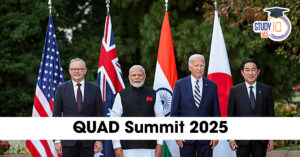 Quad Summit 2025: Key Announcements, Str...
Quad Summit 2025: Key Announcements, Str...





















